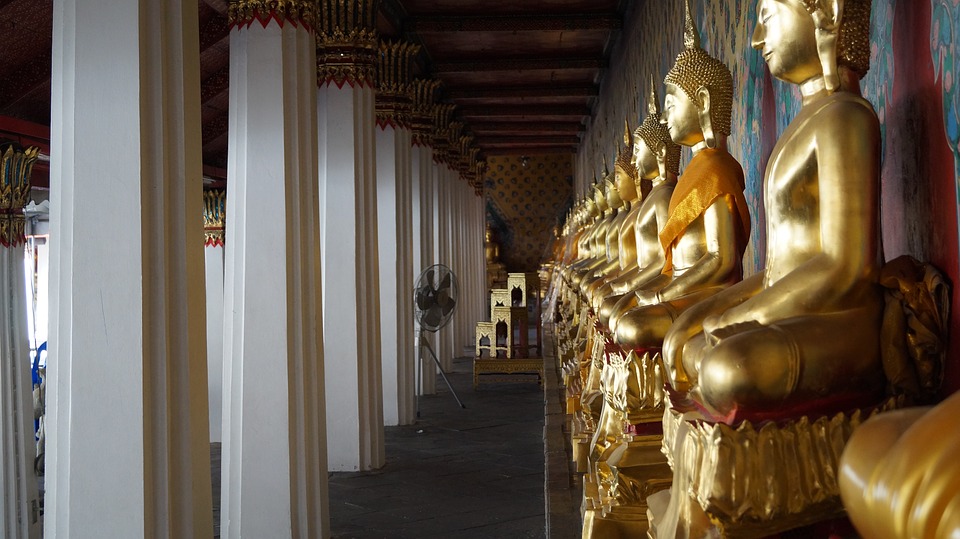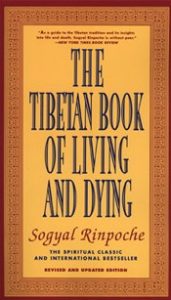Tibetan Book of the Dead
The Tibetan Book of the Dead, also known as Bardo Thodol, is a complicated, amazing adventure story. Written in the Tibetan Nyingma tradition, it is a guide for a Tibetan Buddhist who has died and entered a Bardo, which is the place after death and before rebirth. Within the Bardo, the consciousness will encounter spirits and demons and bodhisattvas. The goal is to reach enlightenment by recognizing a bodhisattva, who is an enlightened being who has turned back from the brink of entering Nirvana because he/she wants to help others to enlightenment. However, within the Bardo are countless illusions and tricks and the bodhisattva is usually disguised as a terrifying demon. The six Bardos contain temptations such as the white light, which must be avoided as much as possible since approaching the white light leads to the next rebirth. Any misstep will send the Tibetan Buddhist back to the wretched cycle of birth and rebirth.
Tibetan Buddhists’ Greatest Journey of Existence
Tibetan Buddhists read this book to prepare themselves for the greatest journey of their existence. The Tibetan Book of the Dead is the most personalized guide to the afterlife ever.
The different chapters of the book may guide, but it is understood that every person’s journey is different, since journeyers will see illusions and hallucinations from their specific life and experiences and from the weight of their karma. The journey through the Bardo is like the final, ultimate exam, where Buddhists will be judged according to how well they can follow Buddhist teachings, which denies the permanence of personal and material attachments.
A unique view of life and death
This book is highly recommended because it shows such a unique view of life and death that has been handed down for hundreds of years and it is unique to just Tibet. One of the treasures of Tibetan Buddhism, it is said that it was passed down by the beloved Tibetan bodhisattva Padmasambhava to his student, the great Tibetan Buddhist scholar Yeshe Tsogyal. The book has withstood the test of time, and it continues to be studied during a person’s lifetime and it continues to be read at a person’s deathbed. Since a consciousness could travel through the Bardo for 49 days or seven weeks, the deceased person’s family looks toward this book for consolation and hope, since the book contains the information of where the consciousness might be on any day of their journey.
Even if you are not a Buddhist, read this rich, complicated book for its rich imagery and startling images of what the journey to the Buddhist afterlife might be like.






